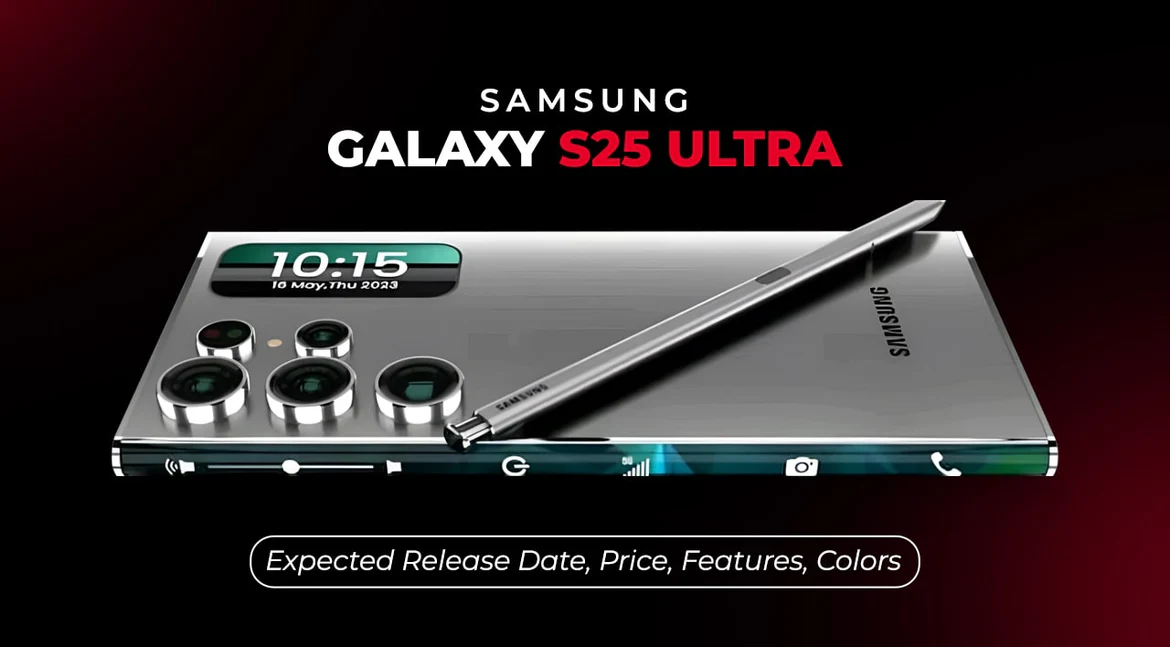As a savvy entrepreneur or marketer, you are probably wondering: what can I do to differentiate my brand from an endlessly long list of cutthroat competitors?
The short answer is branding.
Whether you’re actively managing your brand identity or not, it exists. And the chances of coming out as the ideal choice to your potential clients rests on how strong and reliable your brand is. Creating a logo and that catchy slogan isn’t enough, but just the beginning. To stand out, you need to go beyond these and include essential elements that define your business several years ahead.
In this post, we’ll cover:
- Why it’s important to brand your business.
- How to brand your business in seven steps.
- Examples of strong brands and what we can learn from them.
Why is it important to brand your business?
Regardless of size, organizations of all kinds need to invest in branding to stay relevant. If you’re still wondering why you should brand your business, here are some benefits you stand to gain.
1. Distinguish your business from competitors
With the myriad of companies delivering similar services or products, standing out can be challenging. That’s where branding comes in. Your values, story, brand promise, and other assets provide avenues through which you can showcase your uniqueness. Leveraging on these to create a point of difference could set you apart from your competitors.
2. Become more recognizable
Another benefit of investing in a consistent branding effort is to make your brand more memorable. When customers can identify your company based on physical, visual, auditory elements, it breeds familiarity. This fosters trust, which 81% of customers rely on to make a buying decision. Brand recognition could also influence how customers recall and engage with your content, emails, or ads.
3. Build customer loyalty
Powerful brands often have a loyal customer base, but it does not happen by chance. It stems from delivering unique experiences and messaging their audiences can relate with to form a bond. With this emotional connection, you’ll have more customers who will support your business and share their positive experiences. This advantage could mean repeat business, less churn, and more referrals through word of mouth.
4. Gain and retain employees
According to LinkedIn, companies with a strong employer brand will attract 50% more qualified candidates 1-2 times faster than others. Also, they’ll recruit at 50% less cost per hire. Moving down to your current and past employees, their experience, and how they spread the word influences your workplace reputation and employee retention rates.
Whether you’re looking to hire skilled developers and other specialized roles or seeking to keep your best talent away from competitors, actively managing your brand is not an option. It is a necessity.
How to brand your business in 7 steps
So how do you go about developing a consistent personality and style behind your business? Let’s break it down into seven steps.
1. Identify your audience
The first step for branding your business is to understand who your potential customers are. There are a few steps to this process.
Analyze your current customer base
Existing customers are a goldmine of information as they know what is impressive or lacking in your brand. Discover their interests and needs.
- What is their most pressing pain point?
- Which businesses do they trust and buy from?
- What would they love to see in your brand?
You can engage customers directly through calls and surveys or study them to find answers. Chances are, you’ll find common characteristics or patterns that’ll help you define your target audience.
Conduct market research
Market research can help you uncover industry trends, opportunities, customer preferences, buying habits, and conversations about your brand or others. Also, it’s an effective way to gather information on your competition. Note who their customers are, preferred channels, interests, etc. Relevant social media channels, review sites, industry forums, or Q&A sites like Reddit are great places to start your research.
Create buyer personas
Group customers based on patterns or common traits you uncover and represent them with a persona. Include demographic, psychographic, behavioral, and geographic details. For example, the name of a persona that describes a group of construction workers with similarities could be Building Ben. He could be:
- 45 years old.
- A father of two kids.
- Based in San Francisco.
- Owner of Hammer River Construction with a team of six.
- A lover of reliable but innovative construction tools.
The list goes on and on. What matters is that you include the crucial details.
2. Create your value proposition
Your value proposition is your brand promise. It is more than a tagline or a slogan. A UVP describes how your solution can solve the problems of your ideal customers better than competitors. To craft a powerful value proposition, think about the following:
- What does your perfect customer really want?
- How can your product or service solve their problem(s)?
- What factors motivate their buying decisions?
- Why do your existing customers choose your business over your competitors?
Create a unique selling proposition with answers to these questions using the voice of your customers. Communicate benefits, what you intend to deliver, and why they should choose you over competitors. Stick to the truth with no unnecessary hype.
3. Determine your mission and core values
Why does your business exist? Your mission answers this question. To write a powerful mission statement, describe the purpose of your business, who your customers are, the products or services you render, and how you do it. Summarize this in a few words to make it memorable. Here’s an example of a mission statement.
“Core Systems designs and manufactures best-in-class industrial and military computing products based on our customer’s specifications. Our commitment to provide the best service throughout the design and engineering process is what sets us apart from the rest.”
Next up are your core values. They are principles that drive your goals, mission, and vision. These beliefs shape your company culture, which then influences stakeholders’ perceptions. Therefore, using generic words that do not define what your business stands for will only lead to a conflicting brand image. Instead, be specific, use your own words, and ensure the entire organization embodies these principles.
Here’s a list of over 200 core values to inspire you.
4. Define your brand personality
Your brand personality, just like that of an individual’s, is a combination of qualities that your organization exhibits. Ideally, these characteristics will attract people to your company and shape their perceptions. Therefore, a personality that resonates with your customers could help you build an emotional connection and stand out from competitors.
Consider the qualities you’d love to associate with your brand. Do you want to be seen as visionary, competent, or charismatic? Pick your traits and the voice you’ll communicate with. For example, if your brand personality is rugged, your brand voice could be confident and strong.
This list of emotional words and phrases may help you in this process.
5. Create brand assets
The next step is to choose the elements that will identify your business. Some examples are colors, fonts, packaging, slogan, and your logo. Certain colors evoke specific emotions and convey meanings. For example, The Logo Company suggests that red boosts energy levels, yellow is optimism, and purple activates the imagination.
Whichever logo, color scheme, and style you choose to brand your business, ensure that it is distinctive and easily recognizable. Talk with experts and your team and play around with logo makers (like Looka, for example) to get some ideas.
6. Integrate them across your channels
Now your branding elements are ready, distribute them across your channels. For example, you can include visual assets such as your logo, colors, and fonts in all your messaging. A lengthier version of your mission statement could serve as your brand story on the About Us page.
Although your core values will mostly remain within your website, you could also enlighten customers and potential employees on what you stand for through branded videos and posts. Keep in mind that branding is an ongoing process for as long as your company exists.
7. Be consistent
According to MarketingNutz, it takes up to 5-7 brand impressions before an individual can recall your brand. From the website to social media channels and offline interactions with customers, branding must be consistent. Create brand guidelines to reinforce cohesiveness.
Is your brand voice youthful and casual on socials? Then there’s no need to be stiff on your blogs. Your customers should know what to expect or feel once they see your content, logos, or other brand assets. Consistency builds familiarity, trust, and loyalty. These feelings reflect successful branding.
Examples of businesses with a strong brand identity
Let’s look at some existing businesses with a strong brand identity and tips you can leverage for your company.
1. Drift
A popular conversational marketing platform, Drift seeks to redefine how B2B sales conversations occur. With its leadership principle of ‘‘Put the customer at the center of everything you do,” the company focuses on fast human-to-human interaction.
Through Drift, businesses can have personalized conversations with customers in real-time rather than through the traditional friction-prone method of lead forms and endless emails.
The company lives up to its customer-centric values by engaging with its customers in the same way. Drift’s core traits are human, playful, and bold. This is visible in its relatable webinars, blogs, and marketing materials delivered across channels with knowledgeable but jargon-free words.
Key takeaway: Your values and UVP are not just words. They are promises and actions which the entire organization should live up to.
2. Zopa
Fintech companies are usually a tad too serious, but Zopa stands far out. Zopa offers fixed-term savings and peer-to-peer lending services to customers across the UK.
The brand delivers educational and entertaining financial content to followers in a quirky, humorous but professional way. It makes their content easily digestible even to a non-financially literate audience. Also, the company maintains a consistent tone and color scheme from their social accounts to their website.
Key takeaway: Don’t be afraid to explore a personality that may not be popular within your niche. As long as it’s reasonable and is one your customers may relate to, give it a shot. While you’re at it, be sure not to confuse your audience with fleeting changes. Stay consistent.
3. ASOS
The ecommerce brand ASOS describes itself as authentic, brave, creative, and disciplined. All these qualities are visible in its merchandise and content. ASOS aims to ‘‘become the world’s number one destination for fashion-loving 20-somethings’.’
This explains why its content is sassy, youthful, and engaging. From the mission statement to the Twitter bio and regular posts, the messaging matches a brand that serves millennials and older Gen Zs. The response they receive clearly shows that the content resonates with its audience.
Key takeaway: The power of relatable content is enormous. Understand your target audience and create engaging content that can help evoke feelings and build a relationship with customers.
Follow these steps for branding your business
As you can see, building your brand does not have to be overwhelming or expensive. Most of these tips cost little to nothing. You can start with a slim budget and then scale your branding efforts as your company grows. Follow these seven simple steps to brand your business:
- Identify your target audience
- Create your value proposition
- Determine your mission
- Define your brand personality
- Create brand assets
- Integrate them across your channels
- Be consistent.










